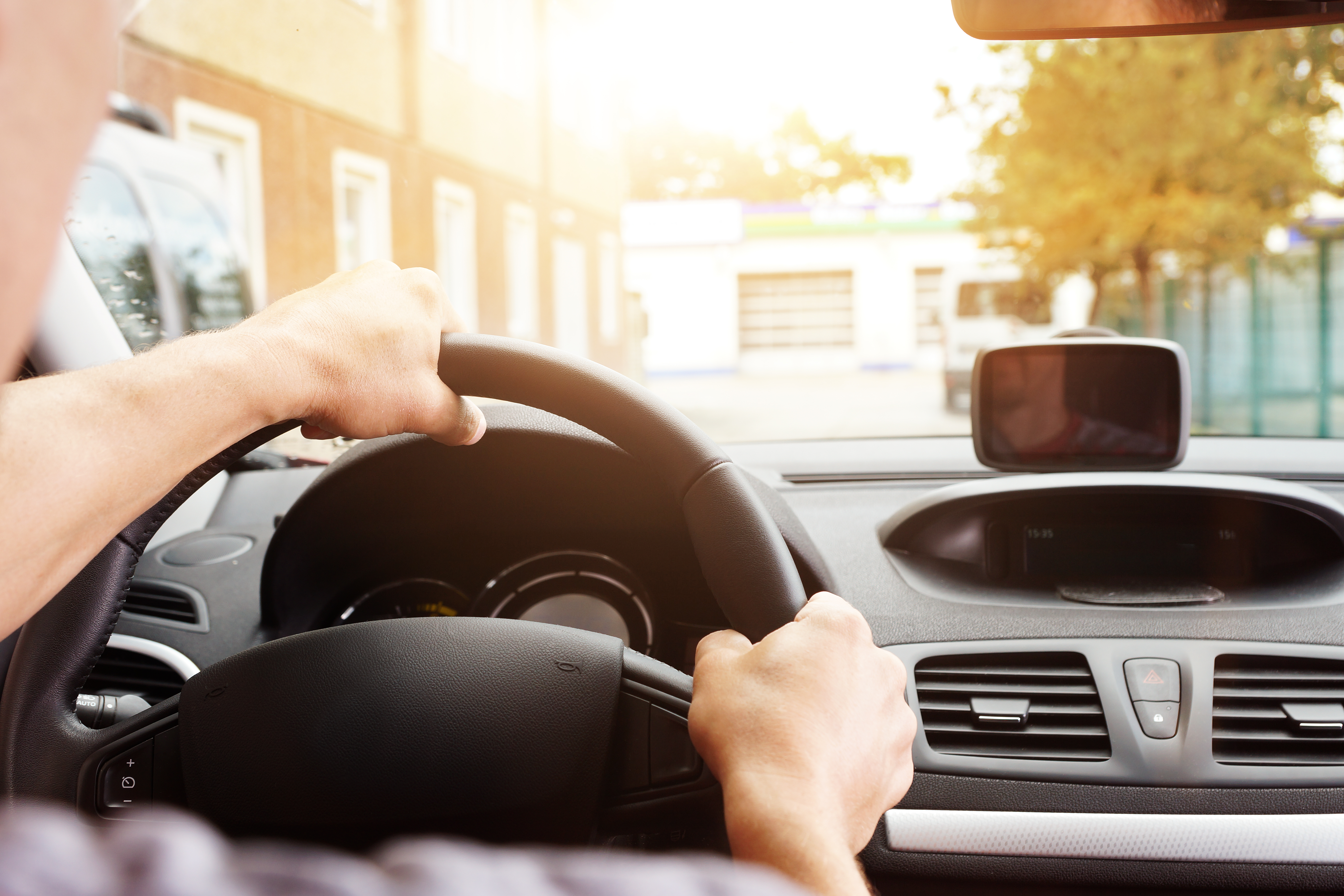When your wheel is aligned it should steer easily and without force, to any degree. Turning should be a seamless action. Driving an automotive vehicle has the possibility to be very dangerous so it is essential your wheel alignment is in place so your driving experience is safe, comfortable, and practical. It is important your vehicle is observed and repaired by a professional if off and it is important to note that your steering wheel’s function can easily be disrupted, which will be detailed in this article.
Common Driving Situation that can cause Misalignment
There are several daily common driving experiences that can influence your wheel alignment for the worse including the action of driving alone. The reason for this is that the simple fact that your wheels come into contact with the road can cause jerking and pressure that can deter the alignment. When there are road bumps it only increases the severity alignment can be hindered. Common driving hindrances include:
• Driving quickly over street depressions
• Driving quickly over road rises
• Vehicle to vehicle collisions to any degree
• Colliding with street curbs
What are signs that my alignment may be affected?
As a driver operating a powerful machine, it is important we listen to the machine and not dismiss abnormalities, no matter the size, because small abnormalities can serve as warning signs of deeper problems, like off wheel alignment. Some examples include:
• Car Pulling when driving
• Tire Damage / Deterioration
• Unbalanced Tire Levels
• Shrieking or Squealing Noises from Tires
Upon observing any of these warning signs, it is important to take your vehicle in for observation to a certified automotive technician. The process of examination can vary depending on the technician, but typically there is some manual observation involved and ultimately computerized examination that will take place. The alignment machine will determine which of the 3 wheel alignment procedures is necessary.
Wheel Alignment Procedures
1. Front-end: This the most common / basic alignment service where adjustments are made to the front axle of a vehicle.
2. Thrust: This service checks if all four wheels are intact. It is a combination of a front-end alignment along with a thrust alignment, usually for vehicles that have a solid rear axle.
3. Four-wheel: Usually primarily meant for four-wheel and all-wheel drive vehicles, this service correctly arranges the rear axle angles while combining it with the first two wheel alignment services
Delaying servicing your car when you are suspecting your wheel may be out of alignment is prolonging the inevitable, which is that for your car to function safely and effectively, it needs to be professionally serviced. When delayed, the severity of the problem only increases. It is important to remember that your wheel needs realigning after time regardless if you ever ran over a pothole or hit a curb because the act of driving itself will slowly affect the efficiency of you steering. You should never be battling your vehicle to cooperate; a driver should be in complete control. The sooner a wheel is aligned the safer, easier, and more enjoyable time will be spent driving your vehicle.

